There are many mysterious places and objects in our universe and globe. Black holes are strange and enigmatic objects in the cosmos for which there is no explanation. In fact, scientists know very little about what happens within a black hole. What we perceive on the outside of a black hole is familiar and understandable. However, we have no way of peering inside one to see what is going on. Even if we dispatched a probe into a black hole, it would not survive the journey and would be unable to transmit a signal outside once sucked in. This is due to the fact that a black hole is the result of mass being compressed so tightly that it forms a gravitational pole. And it’s so powerful that not even light can escape it.
Table of Contents
ToggleWhat is inside a black hole?
Supermassive Black Holes
All galaxies in the cosmos are thought to have supermassive black holes with masses millions to billions of times that of the Sun. When you look at a shot of a spiral galaxy like the Milky Way, you may observe this. There is a large mass of light in the galaxy’s center that many people mistake for a gigantic Sun, but this is not light from the black hole itself. Keep in mind that light is unable to escape the gravitational attraction. The light we see is caused by magnetic forces surrounding a spinning black hole, which drive electrons outward in a jet along the rotation axis.
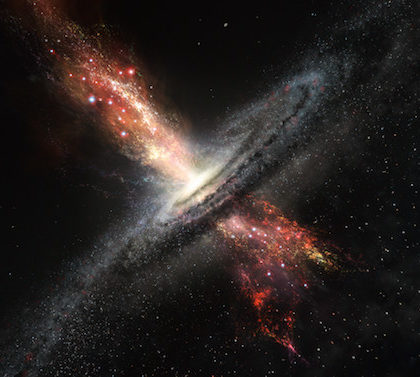
What is a quasar?
Bright radio waves are produced by electrons. Massive black holes in the center of the galaxies where quasars are found are thought to be the source of their energy. However, quasars are extremely brilliant. All other stars in the same galaxy are drowned out by them. You’re probably wondering what a quasar is. A quasar, or quasi-stellar object, is a very energetic object that surrounds an actively feeding supermassive black hole.
In simpler terms, the supermassive black hole in the center of a galaxy feeds on a periodic basis. Gas swirls around it at extraordinary speeds as it feeds, forming an incredibly bright hot circling disc. And, if the black hole is devouring a big amount of matter, massive gas jets are used to feed it. These are known as quasar.

They get their energy from the black holes they orbit. When supermassive black hole giants rip apart stars to devour matter, they discharge an enormous amount of light, which is presumably the driving force behind these quasars. When matter gets too close to a black hole, it generates the blazing hot accretion disc that surrounds it. The accretion disc warms up to millions of degrees and emits a massive amount of radiation.
Twin jets of material
The magnetic environment around the black hole produces twin material jets that travel millions of light-years into space. This is referred to as an active galactic nucleus. Alternatively, a GN’s diet consists primarily of gas and dust, which fill otherwise empty space all across the universe.
Black holes consume material torn from stars
Material ripped from surrounding stars can likewise be consumed by black holes. In fact, the most gigantic black holes are capable of swallowing entire stars. Making contact and combining with other black holes allows black holes to expand. The presence of a black hole can and generally is revealed by this development process.
Supermassive black holes, on the other hand, aren’t always feeding. The Jets lose power and shut down when a black hole runs out of food. Until anything approaches too close, at which point the entire system restarts. Our Milky Way Galaxy’s supermassive black hole has run out of food and space stuff to eat. It is a sleeping giant that is fully asleep for the time being. As a result, it lacks an active galactic nucleus. As a result, no quasar emits light.
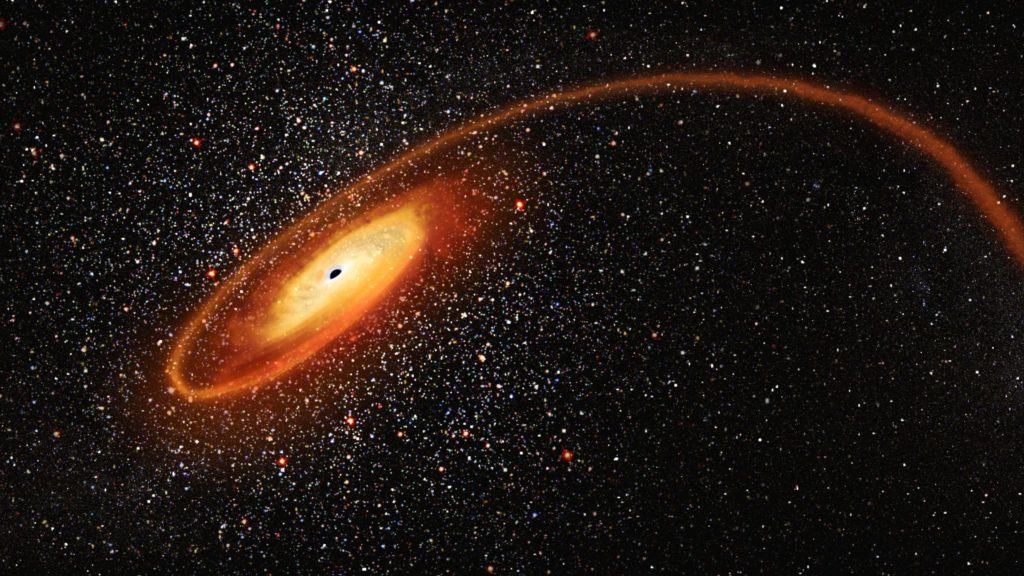
However, we are on a collision course with another galaxy, and the Milky Way will crash with the Andromeda galaxy in about 10 billion years. As it begins to swallow a portion of this new galaxy, our supermassive black hole may scream back to life as a quasar.
Black holes are bad at pulling materials
Now, it may appear that black holes are deadly, and that anything that comes close to them will be dragged into them and crushed. While it’s true that if you gently place an object into a black hole, you’ll never see it again, it’s also true that you’ll never retrieve that object back. However, black holes are terrible at dragging stuff near to them.
There are a couple of reasons for this.
- Other than gravity, black holes aren’t attracted to anything. Our solar system, like the Earth, is in a stable orbit around the Sun. The great majority of a galaxy is in a stable orbit around the black hole, with no compelling motive to plunge into the galaxy’s core.
- Black holes are terrible at vacuuming the universe. Is that true? Material close enough to breach the event horizon and add to the mass of the black hole is extremely wasteful. Even small black holes, which are abundant in the galaxy, are far better at tearing apart a companion star than they are at extending their own size by swallowing the star hole.
Black holes, contrary to popular belief, do not actually pull in objects from great distances. Only very close things can be captured by a black hole. Rather than cosmic vacuum cleaners, they resemble Venus flytraps. Consider the Sun being replaced by a black hole of the same mass. The earth would be permanently black. The planets, on the other hand, would continue to orbit the black hole at the same distance and speed that they do now. There would be no planets dragged into the black hole. Only if our planet came within 10 miles of the black hole would it be in danger, significantly less than the Earth’s actual distance from the Sun, which is a safe 93 million miles.
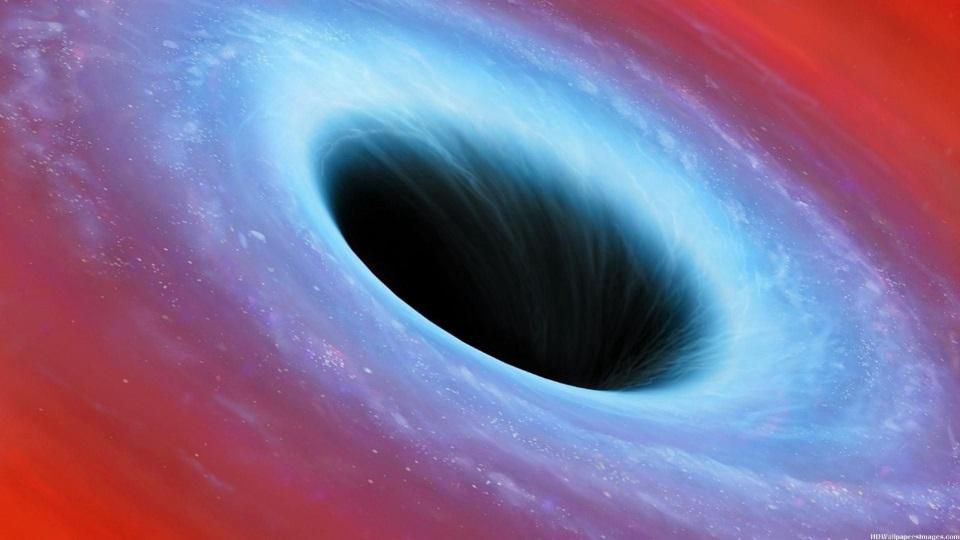
Theories related to Black Hole
Theory of Gravity
Do we have any notion of what’s inside a black hole now that we know all of this? According to current theories, all of the matter in a black hole is piled up in one spot at the center. But how does this center singularity function, exactly?
To fully comprehend the black hole’s core, one should understand the Theory of Gravity. Quantum mechanics is a theory that describes the behavior of matter on the tiniest sizes. Quantum gravity is the name given to this unifying theory, yet no one knows how it works. This is one of physics’ most critical unsolved questions. Black hole research may one day hold the answer to solving this puzzle.
Einstein’s Theory
Black holes can have unexpected properties according to Einstein’s theory of general relativity. The central singularity, for example, could serve as a portal to another universe. This is analogous to a “wormhole,” which is a strange Einstein equation solution with no event horizon. Bridges and wormholes may give access to alternate universes and possibly time travel. This is primarily supposition without observational and experimental data.

We have no idea if bridges or wormholes exist in the cosmos or if they might have formed in theory. Black holes, on the other hand, have been witnessed and we understand how they arise, but what is inside a black hole remains a mystery.
Stephen Hawking Radiations
So, if there is nothing for a black hole to consume, does it live forever? No, then. In fact, something unexpected occurs. Stephen Hawking is a name you may be familiar with. He is a cosmologist and theoretical physicist who is at the forefront of black hole research. He proposed a theoretical model in which black holes release radiation. Hawking radiation is the name given to this phenomenon. Hawking radiation, also known as black hole evaporation, lowers the mass

and energy of black holes. As a result, black holes that do not accumulate mass through other ways will diminish and eventually evaporate.
What does this imply? Is that true if the black hole doesn’t have anything to eat? It eventually vanishes. The energy and mass that the black hole sucked into itself is radiated back into space. A black hole is nearly like a universe recycling machine. In 1974, Stephen Hawking demonstrated this by studying the region near a black hole horizon using quantum mechanics.
(Also read what is multiverse theory)
The Quantum Theory
The behavior of matter on the tiniest scales is described by quantum theory. It predicts that on subatomic scales, small particles and light are constantly generated and destroyed. Some of the light made in this way has a slim possibility of escaping before being destroyed by an outsider. It’s as though the event horizon glows, and the energy carried away by the glow reduces the black hole’s mass until it vanishes entirely.
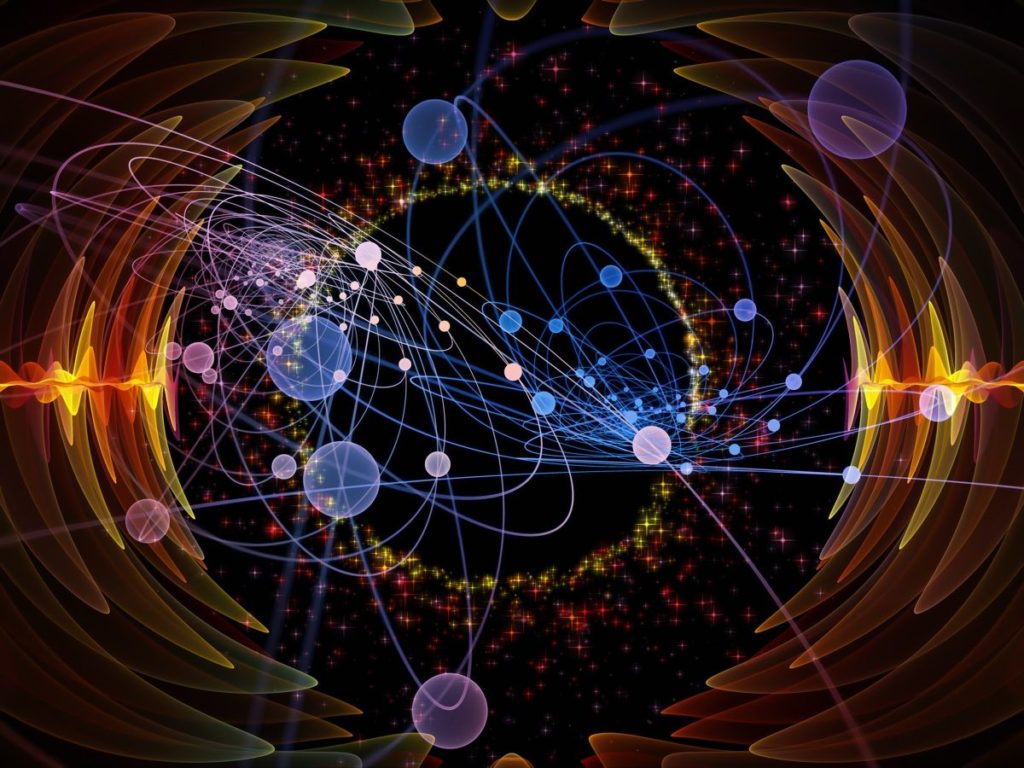
This latest discovery demonstrates that there is still a lot to learn about black holes. Hawking’s glow, on the other hand, has no bearing on any of the known black holes in the universe. The temperature of the glow is virtually zero for them, and energy loss is minimal. The time it takes for black holes to lose a significant amount of mass is unimaginably long. Hawking’s results, on the other hand, would have been disastrous if much smaller black holes had ever formed in the cosmos. In less than a second, a black hole the size of a cruise ship would vanish in a bright flash.
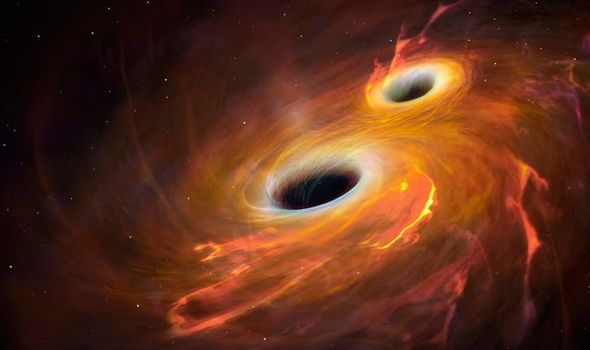
The Bottom Line
You can see black holes are incredible and mysterious things. Perhaps, one day we will know exactly what lies inside of a black hole. Maybe, we will find out that they are gates to another dimension such as wormholes. Or maybe we will never know and just come to accept their existence as they are.
Note: Must read All you need to know about China’s artificial sun

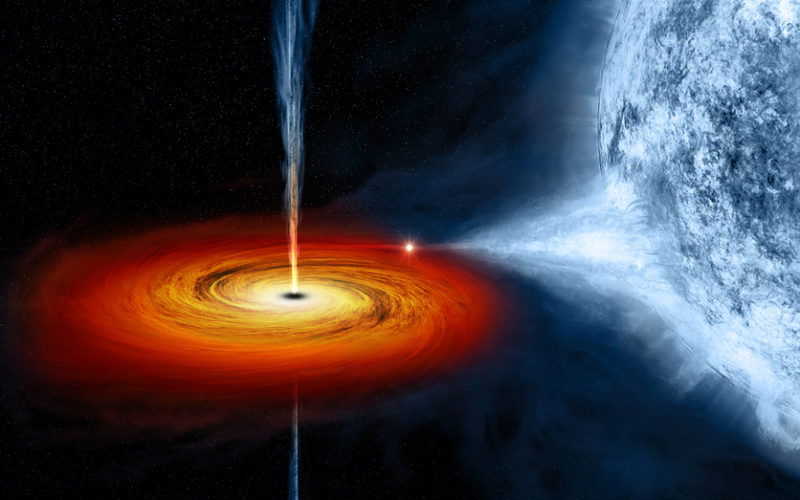
F*ckin’ awesome things here. I’m very happy to look your post. Thanks so much and i’m having a look ahead to contact you. Will you kindly drop me a mail?
Rattling informative and fantastic bodily structure of subject material, now that’s user friendly (:.